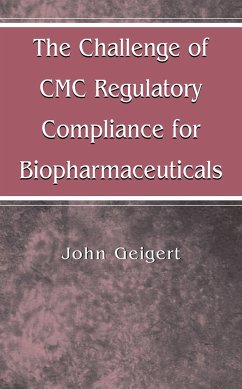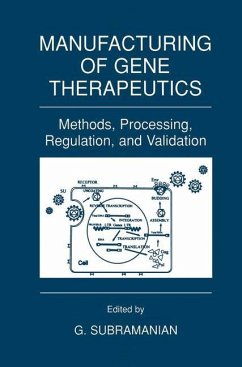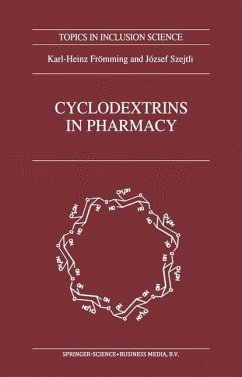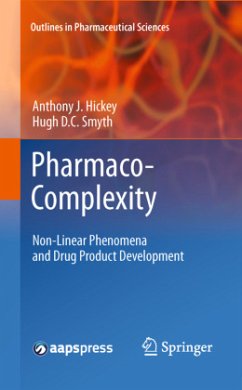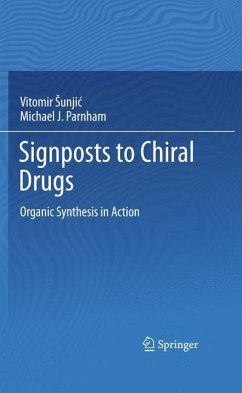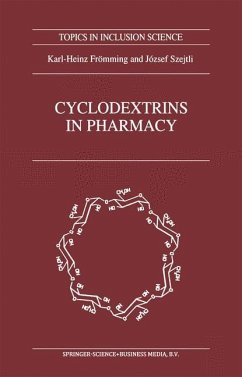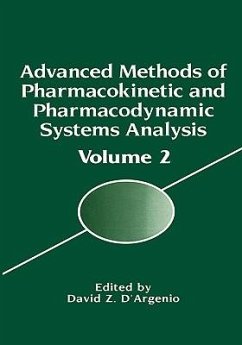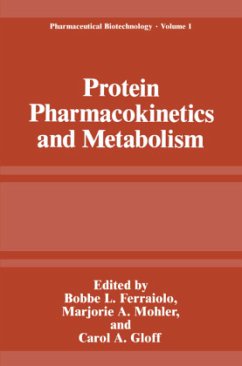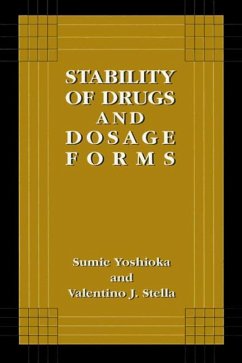
Development and Manufacture of Protein Pharmaceuticals
Versandkostenfrei!
Versandfertig in 1-2 Wochen
153,99 €
inkl. MwSt.

PAYBACK Punkte
77 °P sammeln!
In this era of biotechnology there have been many books covering the fundamentals of recombinant DNA technology and protein chemistry. However, not many sources are available for the pharmaceutical develop ment scientist and other personnel responsible for the commercialization of the finished dosage forms of these new biopharmaceuticals and other products from biotechnology. This text will help to fill this gap. Once active biopharmaceutical molecules are candidates for clinical trial investigation and subsequent commercialization, a number of other activities must take place while research a...
In this era of biotechnology there have been many books covering the fundamentals of recombinant DNA technology and protein chemistry. However, not many sources are available for the pharmaceutical develop ment scientist and other personnel responsible for the commercialization of the finished dosage forms of these new biopharmaceuticals and other products from biotechnology. This text will help to fill this gap. Once active biopharmaceutical molecules are candidates for clinical trial investigation and subsequent commercialization, a number of other activities must take place while research and development on these molecules continues. The active ingredient itself must be formulated into a finished dosage form that can be conveniently used by health care professionals and patients. Properties of the biopharmaceutical molecule must be clearly understood so that the appropriate finished product formulation can be developed. Finished product formulation development includes not only the chemical formulation, but also the packaging system, the manufacturing process, and appropriate control strategies to assure such good manufacturing practice attributes as safety, identity, strength, purity, and quality.





